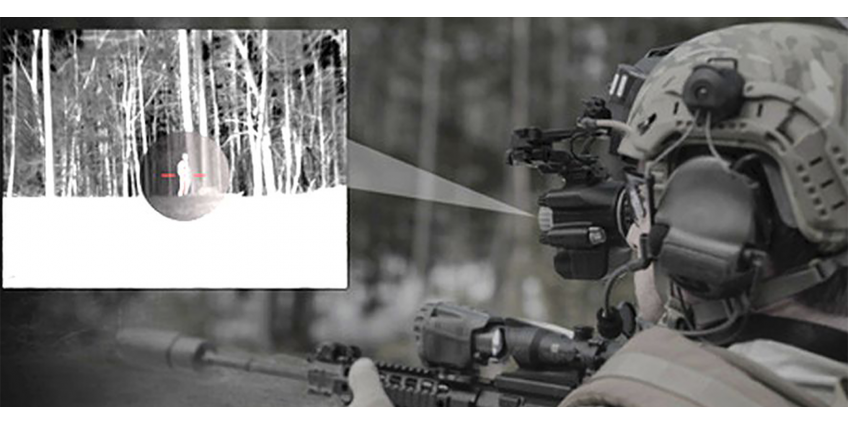
This product is not exportable outside the United States.
By adding this item to cart, you agree and acknowledge the Export Policy and confirm that you are a person in the United States with no intentions to illegally export the device.
This product is not exportable outside the United States.
By adding this item to cart, you agree and acknowledge the Export Policy and confirm that you are a person in the United States with no intentions to illegally export the device.


0

0


It is light that’s not visible to the human eye. It’s electromagnetic radiation with longer wavelengths than visible light. It means that a person who has thermal imaging technology can see your body heat. And there is nothing you can do about it. In any case, at the physiological level. But, you see, sometimes it is necessary to plan even for the most unexpected and unlikely event. Even when you find yourself on the wrong side of the sight, in other words - turn into a victim.
Of course, if you are a law-abiding citizen, the likelihood that you will have to use the skills and knowledge that we will discuss below is minimal. But new knowledge will not burden you in any way and may even allow you to understand thermal imagers' operation principles better.
Thermal imaging is also known as passive infrared (IR). It works by picking up the infrared radiation – basically heat – radiated by things and displaying the various temperatures. It doesn’t matter how expertly camouflaged something is – if it’s warmer or cooler than its background, it will show up.
Thermal vision technology works on removing thermal signatures with its subsequent display in the form of a contrasting picture. This image is easy to read by the operator and allows for high-efficiency observation and identification of objects in any weather conditions and lighting. Thanks to these principles, thermal imagers are widely used in the military and hunting spheres and ordinary civilian life. The advantages of these devices are used by almost everyone: from doctors to builders.
Thermal imaging is also called passive infrared. It works by picking up the infrared radiation – basically heat – radiated by objects and performing the different warmth.
Unlike standard night vision devices, thermal imagers do not need any light for detecting or viewing purposes. Although bad weather conditions can reduce their range by more than half, these devices can see through mist and smoke. This makes the process of hiding more complicated. And, at first glance, such a task may seem completely impossible. To be-come invisible to thermal vision, you need to stop generating heat. And this is the same as stopping breathing with similar consequences. But, any technology has weaknesses. And it is quite possible to use them.Yes, it will be troublesome to hide If a thermal imager is scanning for you. But there is nothing difficult when you know what to do.
The key to understanding the algorithms for countering a thermal vision device is to understand how the device works. And the most obvious thing that you should understand is that the device removes heat signatures directly from observation objects. If the optics are not directed at the object, then it cannot identify it. This means you have two ways - either to leave the observation area or to deprive the device of the ability to record your temperature. We’ve summarised the most efficient recommendations and knowledge in this guide to make the process of hiding easier for you to navigate.

One of the most effective methods to block IR is to conceal behind glass; if you are okay with carrying around a pane of glass, great! If not, it's time to think about other methods due to the impracticality of this one.
However, even though wearing fragile glass is really not a good idea, this information is essential for understanding the principles of countering the device. After all, even despite the glass's transparency, it hides you as reliably as a high brick wall.
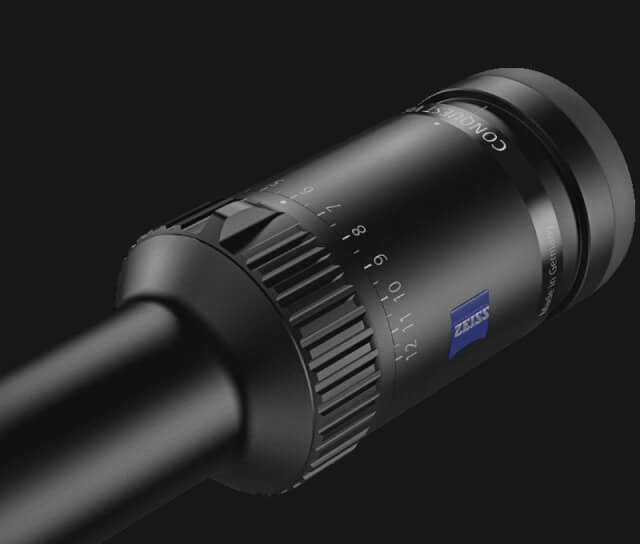
A simpler yet effective method of blocking infrared radiation is the usual thermal blanket made of Mylar foil. that will block the infrared signature. When choosing this recommendation, it’s important to understand that your body heat will accumulate inside, or fly away, which will then be visible to IR images.
But overall, a space blanket is a pretty good choice, especially if you need to hide from the viewer for a short time. Such a blanket is light and does not take up much space. It is quite possible to take it with you on a hike, and it will not only keep your body warm on a cold night but also hide it from the curious optics of thermal vision.
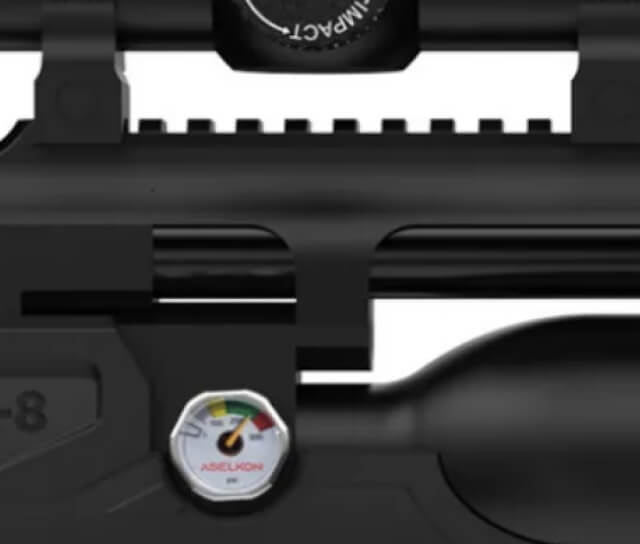
A thick woolen blanket is a good variant to defeat the thermal imager. However, it is considered to be a quick temporary method of hiding infrared radiation. To block the heat, you just need to cover yourself with a blanket.
Actually, the principle of hiding from a thermal imager is identical to a space blanket. True, the efficiency is much worse. This is because the material of an ordinary blanket transmits heat much better. However, this option is still better than get-ting into the lens without any insurance.

Different materials radiate heat in different ways. That's why temperature contrasts make things a lot more obvious. To become less obvious, find such a background close to your body temperature, for example, brick walls or bare earth (on sunny days, of course), and try to stay between those and places where you think an image is likely to be.
Use various heat sources; if you need a place to hide and see an air vent that’s pumping out hot air, sit under it. The whole area will be above ambient temperature, and that can help mask your body heat.
Did you know that water moisture in the air and will help to lower your contract by holding a surprising amount of heat? So, stay near water, especially in warm weather, is one of the best things you can do.
You need to know that the uniform background, like empty parking or snow, causes you to stand out clearly. So, better choose a confusing background.
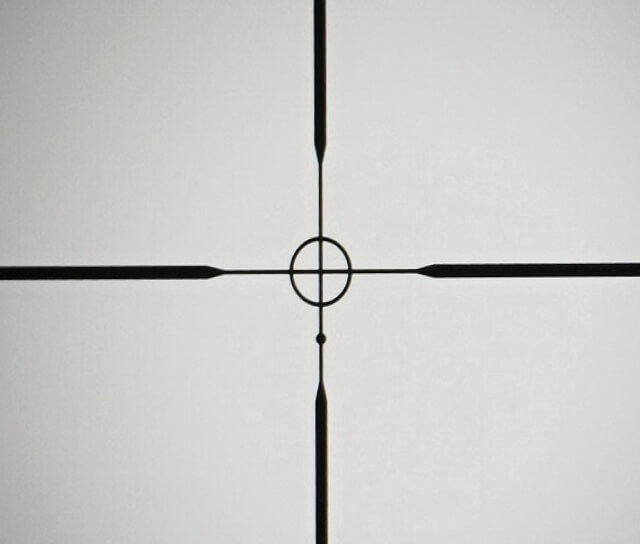
One more effective strategy is to wear warm pants and a hat. It will not be 100% protection, but it will better reduce the warm signature. Yet what to do with openings of the neck and face that will accumulate the heat? Try to cover your face with cool dirt but remember that it will work temporarily.
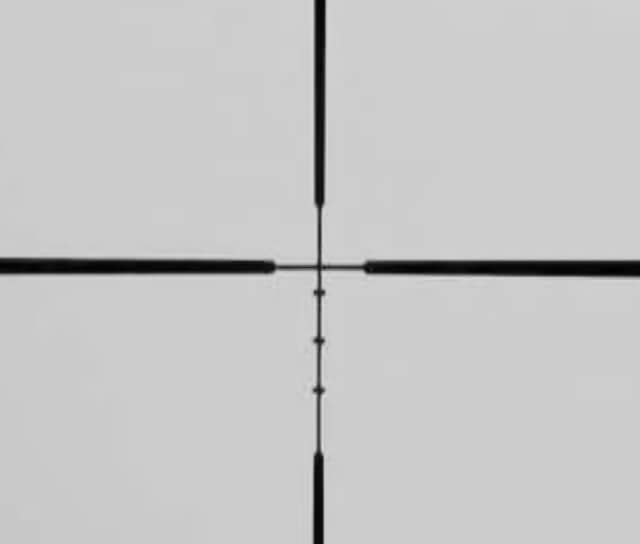
In an emergency, set things on fire. Multiple heat sources will make the situation better by confusing a picture and giving you time to walk away. Things that throw off lots of burning particles will block thermal pictures because they create a wall of heat that’s opaque to the imager.

Netting materials will help because the holes throughout the webbing will help disperse the heat signature from thermal IR warmth detection.
A moving heat signature at night is quicker to identify than a stationary one. Yes, thermal signature devices have several disadvantages. One of them is that they do not fix moving objects well, unlike night vision devices, which experts advise to choose for those who are forced to conduct long-term observation of a certain location. So, calm your breathing, relax and try to trick the device with movements. So, try to move slowly.
In conclusion, you don’t need to be invisible, but you do need to have a good understanding of some secrets to avoid thermal imaging devices that'll keep you safe. As we have already said, the secret of any action is in understanding its pro-cesses and knowledge. The need to hide from a thermal vision device is no exception. After all, knowledge about the tech-nical functioning principles and how the observer sees the image will become your weapon against the device.I hope our recommendations will be useful!
You can find more information about thermal imaging here:
How to shield yourself from thermal imaging?
When Was Thermal Imaging Invented and Who
How Does Thermal Imaging Work?
In our store
Table of contents
Featured Articles
How to choose a thermal rifle scope? The principle of operation of a thermal imaging sight and options for its use. Description of the best models of ..
If you want to dive deep into what kind of images a thermal camera produces and what the colors in such imaging means, just read the article...
The theme of thermal images is something people are not acquainted with enough. In this article, we gonna show the difference between various types of..
Here you can get to know more about thermal vision and principles of its work..